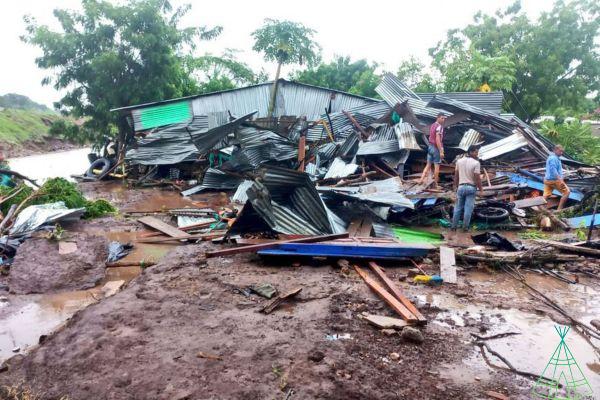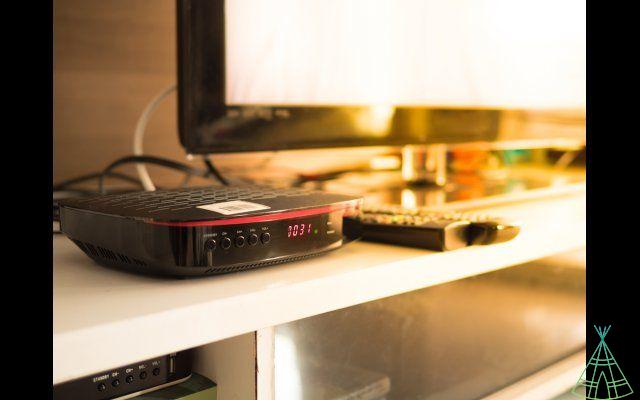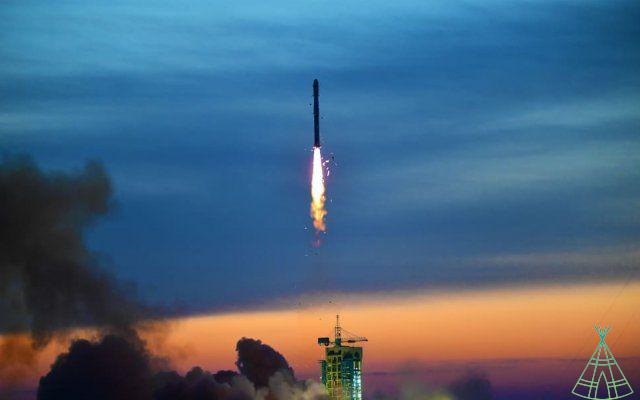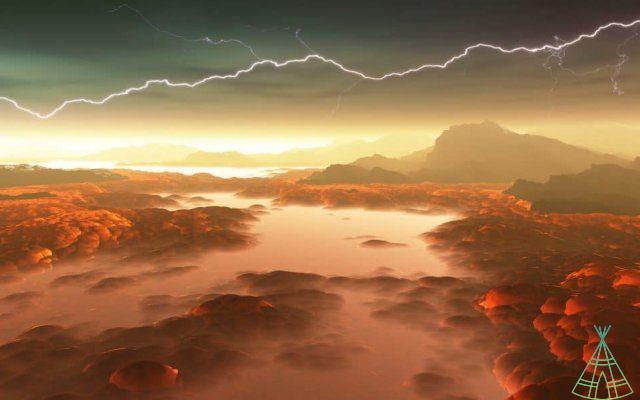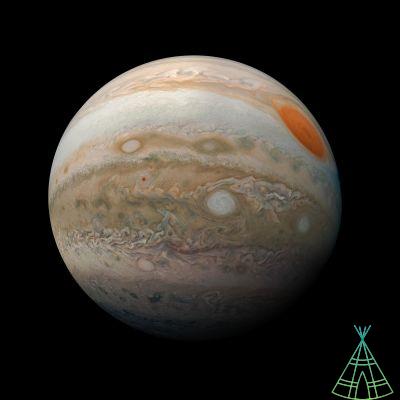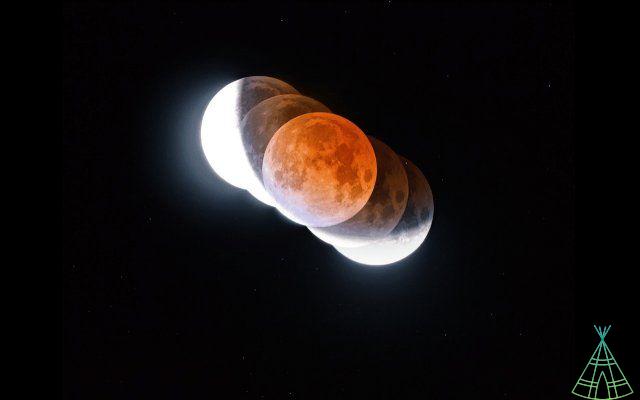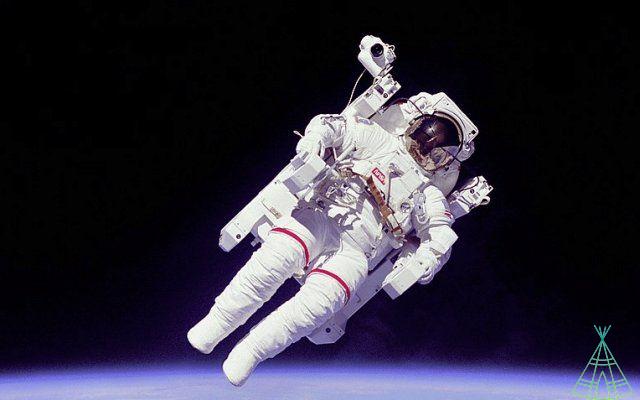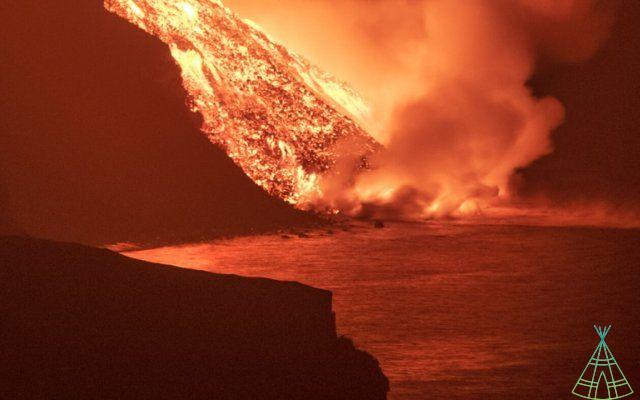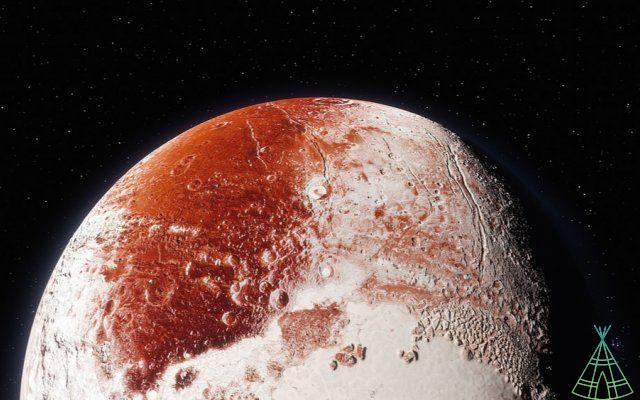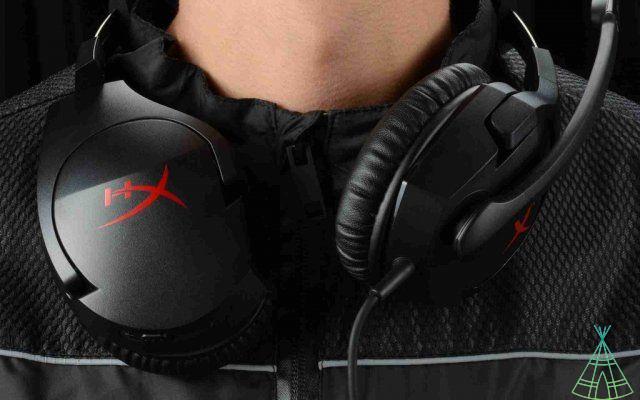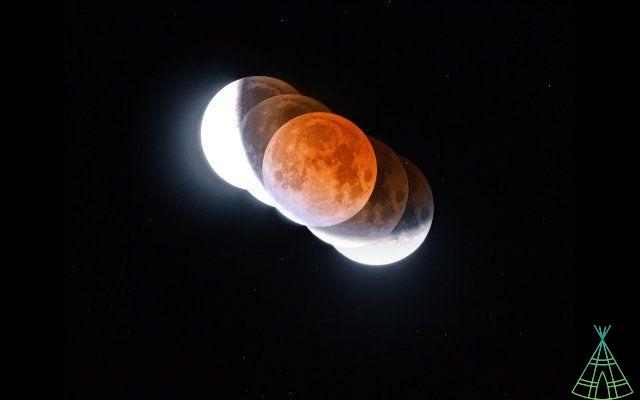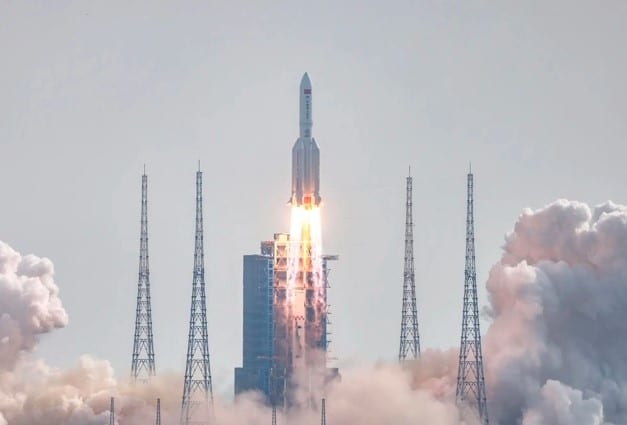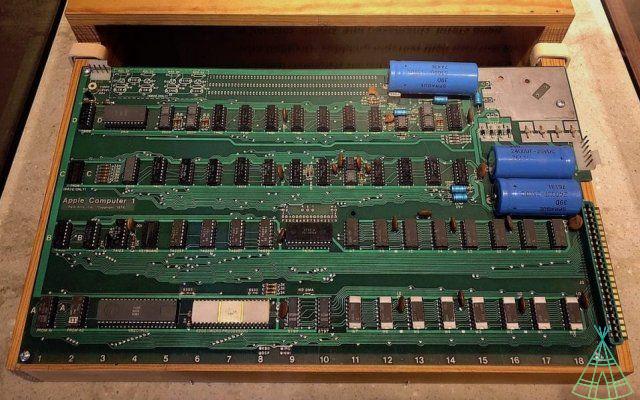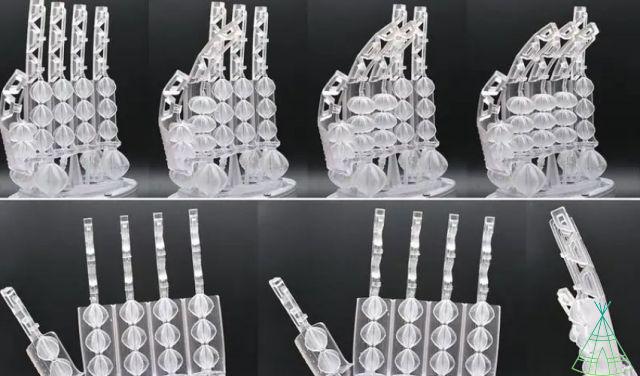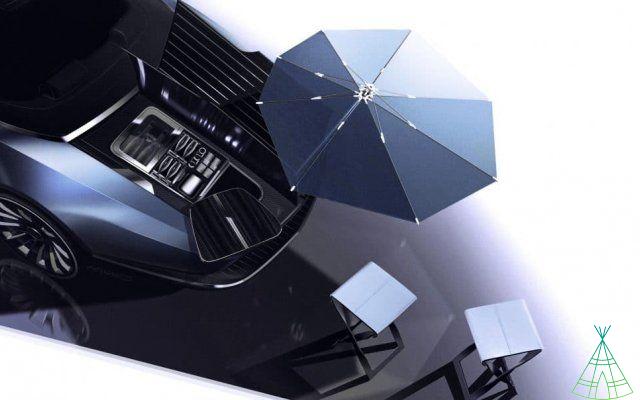In May, the Technology Refugee reported that NASA had decided to end work on the InSight probe by the end of this year, which has been investigating Mars since November 2018. The equipment's retirement will be due to the large accumulation of dust on the solar panels of the landing module, which is currently producing less than a tenth of its total energy capacity.
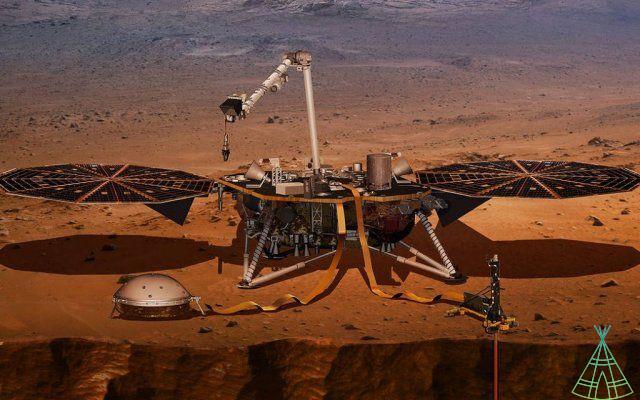
At the time, the US space agency revealed that the instruments would be turned off throughout the year, the “last off” triggered until December, putting a definitive end to this historic mission, which has been providing unprecedented measurements of seismic activity on Mars. and even fascinating images (the one of a sunrise on the Red Planet).
It turns out that NASA decided to extend the probe's services, which gained a little more time to continue recording "marsquakes" — and even tremors caused by meteorite impacts, we saw it this week.
According to new estimates, the equipment should remain in operation until the end of January 2023. "However, if we have a dust storm or something, then it could be sooner," said Chuck Scott, project manager at InSight at NASA's Jet Propulsion Laboratory (JPL).
Scott explained to Space. that the amount of energy that InSight can produce each Martian day (called the sun) depends on two factors: the dust accumulated on its solar panels and that existing in the Martian atmosphere.
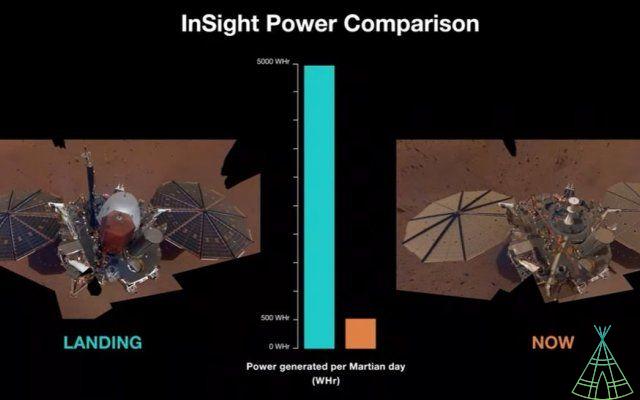
Other Mars explorers have faced the same problem. While the Perseverance and Curiosity rovers use nuclear power, their predecessors, the Spirit and Opportunity rovers, also struggled with dust accumulation.
These motorcrafts, however, relied on unexpected help from gusts of wind (ironically, caused by dust storms), to "clean" the solar arrays, which increased energy output.
According to JPL, the InSight probe was not so lucky, and attempts to shake off the dust and simulate a “cleaning event” were not enough.
Now, the area of the planet where the probe is operating is entering a season during which scientists usually observe some regional dust storms, which they thought would accelerate the lander's shutdown. However, the season is starting more smoothly than in the past, which gives the InSight team hope to continue working on the equipment.
“We expected there to be some regional dust storms and that would cause an issue for us,” Scott said. "But looking at the weather this year, we don't think we'll see any regional storms for a few more weeks."
When it landed, the InSight spacecraft could generate 5.000 watt hours each sun (which is about 40 minutes longer than an Earth day). Since then, capacity has been falling. "Any time there's a storm or something on Mars, it's going to subside," Scott said.
According to him, some storms dropped 100 watt-hours of production, others dropped up to a thousand. "It varies depending on the size of the storm."
The spacecraft is currently producing about 400 watt-hours per sol, less than a tenth of the capacity it had at the start. “The lander needs to make about 300 watt hours each sol to keep the seismometer, connections and basic functions running,” Scott said.
Read more:
- Humans on Mars: NASA revises plan to set foot on the red planet
- NASA records the sound of meteorites hitting the surface of Mars; listen up
- NASA releases first images of Mars taken by James Webb
At some point, when the lander no longer manages to reach that mark, it will put itself in what mission personnel call the “dead bus”, which is when its battery will completely drain. "There will come a point where the battery fails and there's no way for it to reset itself," Scott said.
Even as the “dead bus” approaches, the team is working to get all the data it can from InSight. For now, the lander is using about half of the day to charge its battery and the other half to run its seismometer. As power supplies are depleted, this ratio will change, until the lander observes for eight hours at a time, two days of recharge between sessions.
"We're still getting data and we can still see things happening on the seismometer," Scott said, noting that the lander captured a marsquake in late August. “We expect this to continue until the end of the mission. We are striving to get as much science out of the vehicle as we can until it actually dies.”
Have watched the new videos on YouTube from Technology Refugee? Subscribe to the channel!






